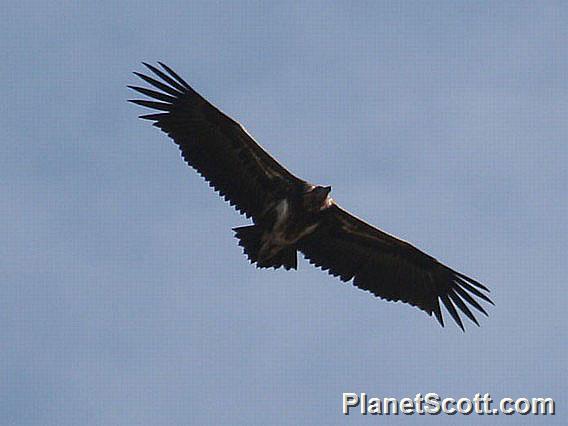Red-headed Vulture (Sarcogyps calvus)

Red-headed Vulture (Sarcogyps calvus)

Red-headed Vulture (Sarcogyps calvus)


×



Red-headed Vulture (Sarcogyps calvus)

Red-headed Vulture (Sarcogyps calvus)
About Red-headed Vulture (Sarcogyps calvus)
- Kingdom: Animals
- Phylum: Chordates
- Class: Birds
- Order: Hawks, Eagles, Kites, and Allies
- Family: Hawks, Eagles, and Kites
The red-headed vulture, also known as the Asian king vulture, Indian black vulture or Pondicherry vulture, is an Old World vulture mainly found in the Indian subcontinent, with small disjunct populations in some parts of Southeast Asia.
Source: Wikipedia
Trips
Visits
-
2006-01-08
Rathambore National Park, India -
2006-01-10
Kheoladeo National Park, India -
2006-01-20



